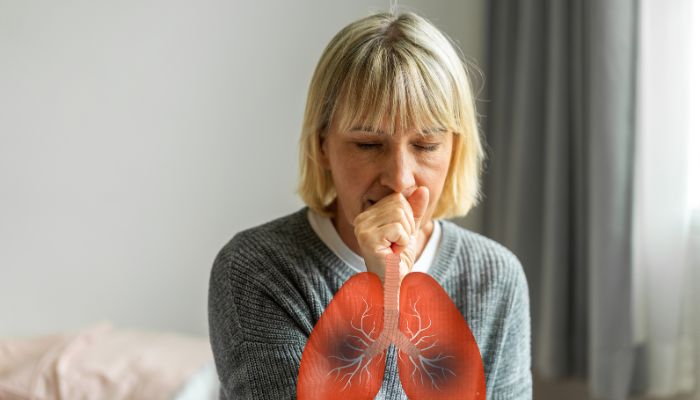Air pollution affects millions of people every day and is a rising global problem. It includes toxic chemicals such as carbon monoxide (CO), sulfur dioxide (SO2), nitrogen dioxide (NO2), particulate matter (PM), and volatile organic compounds (VOCs). Numerous illnesses and ailments that damage our lungs and general health are brought on by these pollutants, which have a major effect on respiratory health.
Particulate Matter (PM)
Tiny particles present in the air are known as particulate matter, particularly PM2.5 and PM10. Particles having a diameter of 2.5 micrometers or less are referred to as PM2.5, whilst particles with a diameter of 10 micrometers or fewer are included in PM10. These particles have the ability to enter the circulation and go deep into the lungs. Lung cancer and respiratory conditions including asthma and chronic obstructive pulmonary disease (COPD) are associated with prolonged exposure to PM. Because PM2.5 may enter the deepest regions of the lungs, it can cause inflammation and decrease lung function, making it very harmful.
Nitrogen Dioxide (NO2)
Nitrogen dioxide is a byproduct of fossil fuel combustion, especially from vehicles and industrial processes. When inhaled, NO2 can irritate the airways, leading to increased respiratory symptoms such as coughing, wheezing, and shortness of breath. Long-term exposure to high levels of NO2 can decrease lung function and increase the risk of developing asthma and other respiratory infections. Children and individuals with preexisting respiratory conditions are particularly vulnerable to NO2 pollution.
Sulfur Dioxide (SO2)
Sulfur dioxide is released from burning fossil fuels, smelting metals, and other industrial activities. Inhalation of SO2 can cause throat irritation, coughing, and shortness of breath. High levels of SO2 can trigger asthma attacks and exacerbate symptoms in individuals with existing respiratory conditions. Long-term exposure can lead to chronic respiratory diseases and decrease lung function.
Carbon Monoxide (CO)
The incomplete burning of fossil fuels produces the colorless, odorless gas known as carbon monoxide. CO reduces hemoglobin's capacity to transport oxygen in the blood by binding to it when it is breathed. Headaches, lightheadedness, and disorientation are some of the symptoms that may result from this. Long-term exposure to high CO levels can cause serious respiratory issues, such as respiratory failure and reduced lung function.
Volatile Organic Compounds (VOCs)
Volatile organic compounds are emitted from various sources, including industrial processes, vehicle exhaust, and household products like paints and cleaning agents. Exposure to VOCs can cause respiratory symptoms such as coughing, throat irritation, and shortness of breath. Some VOCs, like benzene and formaldehyde, are known to be carcinogenic and can increase the risk of developing respiratory cancers.
Vulnerable Populations
The impacts of air pollution are more likely to affect some groups of people. People with previous respiratory disorders, the elderly, and children are more vulnerable. Since children's lungs are still growing, contaminants can harm them more easily. Elderly people are particularly susceptible since they frequently have compromised immune systems and underlying medical issues. Asthma and COPD sufferers are particularly vulnerable since air pollution can worsen their symptoms and cause more frequent and severe episodes.
Mitigation and Prevention
To mitigate the impact of air pollution on respiratory health, it's essential to take both individual and collective actions. On an individual level, people can reduce exposure by staying indoors on high-pollution days, using air purifiers, and wearing masks. On a collective level, governments and industries must work together to reduce emissions from vehicles, factories, and other sources of pollution. Implementing stricter regulations, promoting clean energy alternatives, and raising public awareness about the dangers of air pollution are crucial steps in protecting respiratory health.
Conclusion
Air pollution poses a significant threat to respiratory health, affecting millions of people worldwide. By understanding the sources and effects of pollutants like particulate matter, nitrogen dioxide, sulfur dioxide, carbon monoxide, and volatile organic compounds, we can take steps to mitigate their impact. Protecting vulnerable populations and working together to reduce emissions will help ensure a healthier future for everyone.




